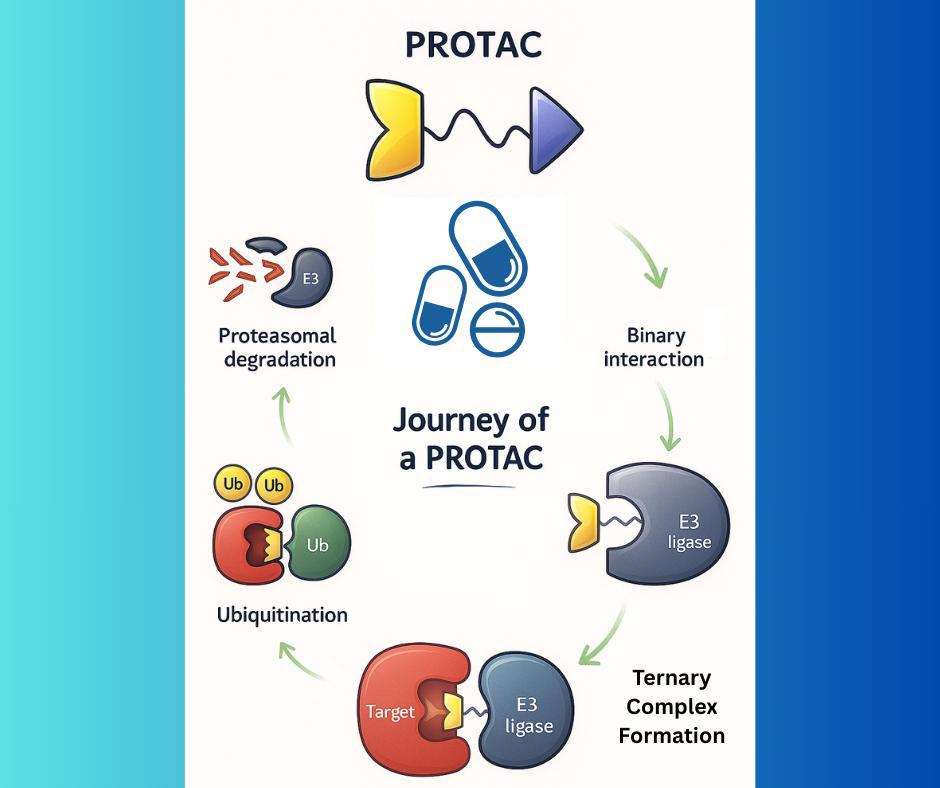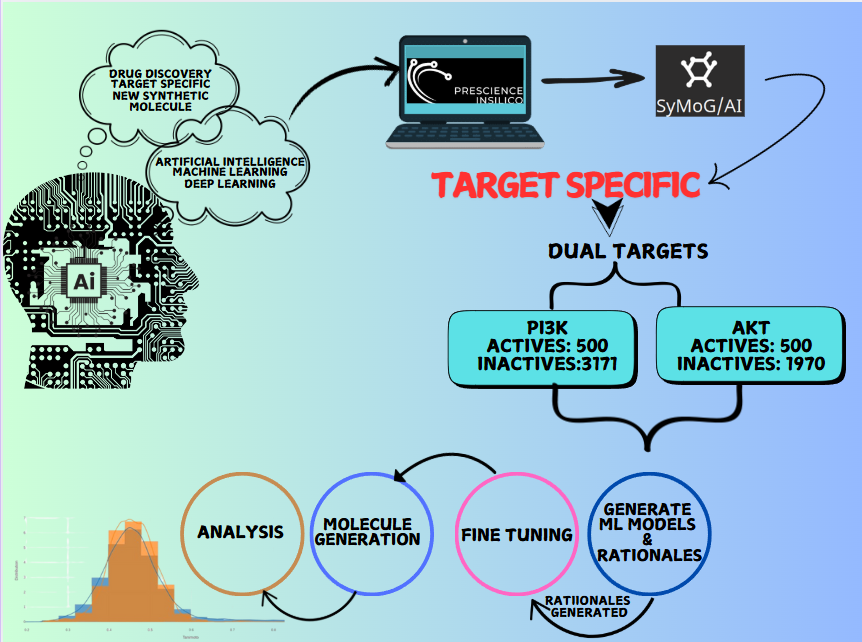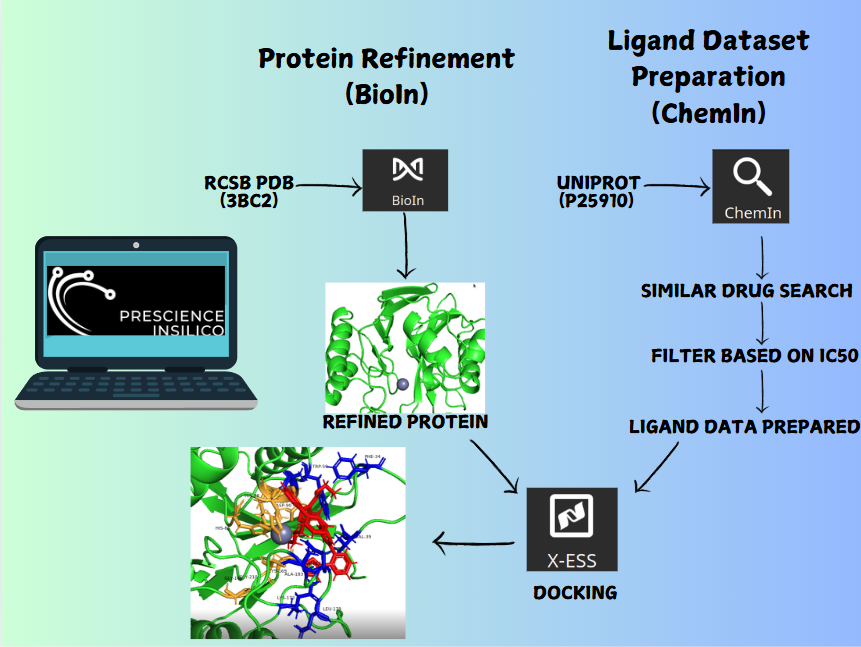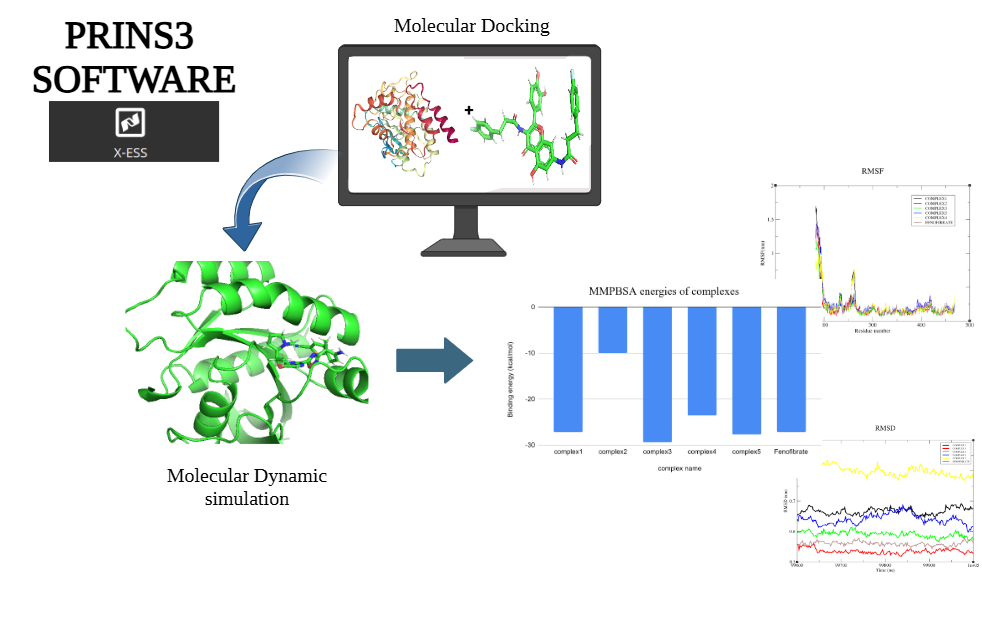Comparative Analysis of Water Models in MD Simulations Using PRinS3

Molecular Dynamics (MD) simulations have transformed the way scientists explore the complex world of biomolecules. At the heart of these simulations lies water - the universal solvent - an indispensable component of nearly every biological system. Water's distinctive properties, such as its high dielectric constant, strong ability to form hydrogen bonds play a crucial role in shaping the behavior of proteins, DNA, membranes, polymers, and other molecular systems. However, the challenge lies in the fact that accurately selecting the water model remains a complex task.
Why Modeling Water Correctly Is Crucial?
Despite decades of development, no single water model perfectly replicates all the experimental properties of real water. Researchers are often faced with a difficult question: Which water model should I choose for my simulation? The answer is far from straightforward. A standard water model should be capable of producing the dielectric constant, surface tension and self-diffusion coefficient of experimental water to replicate the physiological condition in the simulation. Each water model available in the PRinS3 - transferable interactions potential 3, 4 and 5 points models (TIP3P, TIPS3P, TIP4P and TIP5P), simple point charge 3 point models (SPC and SPC/E) - comes with its own set of strengths in terms of their force filed parameter to simulate the system (protein, nucleic acid) we study. Some offers high computational efficiency (TIP3P, TIPS3P, SPC and SPC/E) at the cost of their accuracy comparable to the experimental condition. Others (TIP4P and TIP5P) reproduce specific thermodynamic properties of water but demand more computational resources and time. These trade-offs can significantly impact the interpretation of simulation results, especially when subtle molecular interactions are under investigation. Moreover, comparing these models across studies is complicated because the parameters (temperature, pressure, simulation protocols) often vary, making it hard to make direct, unbiased comparisons.
Systematic Evaluation of Water Models Using PRinS3
To address this issue, we turn to PRinS3 - a comprehensive and user-friendly suite designed to streamline Molecular Dynamics simulation workflows.
PRinS3 offers a standardized environment that allows researchers to:
- Set up simulations with consistent parameters across different water models.
- Visualize results with comparative graphs and statistical summaries.
- Understand how different force field parameters affect bulk water properties.
- Facilitate reproducibility by generating standardized protocols and outputs.
Using PRinS3, we conducted a comparative analysis of widely used water models under identical simulation conditions. This apples-to-apples comparison eliminates inconsistencies and provides clear insights into how each model performs with respect to key experimental parameters.
Among them, TIP3P which is a 3-point model, gives the geometry of water in gas phase and is widely used for its simplicity and exceptional computational speed, although it often falls in reproducing accurate thermodynamic and structural properties. On the other hand, TIPS3P, a modified version of TIP3P with the addition of Lennard-Jones potentials to hydrogens with the force field of CHARMM, offered enhanced binding energy and slightly improved interaction potentials (VDW and electrostatic energy), making it an attractive option in systems where speed and reasonable interaction accuracy are prioritized. In contrast, models like TIP4P a 4-point model and SPC/E-an extension of 3-point SPC model improve the accuracy of electrostatics and bulk thermodynamics, while TIP5P is more successful at capturing the local tetrahedral structure of water, correct density of water in a wider temperature and pressure range, although with a heavier computational cost. Tools such as PRinS3 are instrumental in navigating these complexities, providing standardized methods to compare and evaluate water models effectively. Although TIPS3P appears favorable in terms of computational efficiency and interaction strength in ‘protein- ligand’ system we studied, it would be premature to declare any one model as universally superior. Instead, this analysis reinforces the importance of context-driven model selection and offers a valuable foundation for more realistic and insightful simulations.
Complete details about these applications can be found on our official website at https://prescience.in/. To obtain access to the platform and obtain all the information required for the best possible experience, we respectfully ask that you contact us by email at support@prescience.in and obtain information at https://prescience.in/prins3/.




